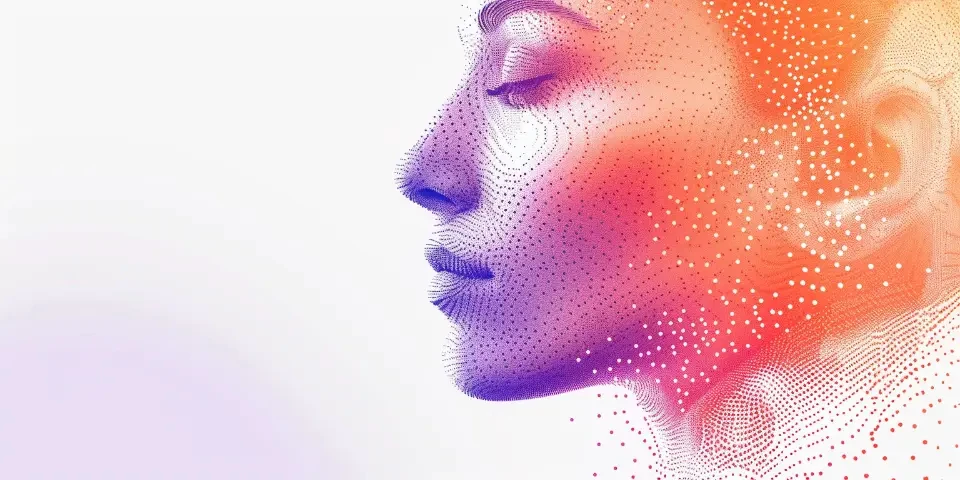Saving Time and Energy AI Streamlines the Undress Show Selection Process
Undress shows, also known as fashion shows, are crucial events in the fashion industry where designers showcase their latest creations. These shows require meticulous planning, coordination, and selection of models and garments. However, with the advent of Artificial Intelligence (AI), the undress show selection process has been revolutionized, saving valuable time and energy for fashion professionals.
1. Efficient Model Selection
AI-powered software can analyze vast databases of models' profiles, including their height, body measurements, and previous works. By inputting the desired criteria, such as specific body types or ethnicities, the software quickly identifies potential candidates who meet the requirements. This eliminates the need for extensive manual searches and streamlines the model selection process.

Additionally, AI algorithms can predict how well a model's appearance will suit specific garments, helping designers make informed decisions. They can simulate how the clothes will look on different body types, ensuring the perfect fit for the runway.
2. Streamlined Garment Selection
AI simplifies the process of selecting garments for an undress show. Fashion designers can input their collection's theme, color scheme, and desired style into the software, which then suggests appropriate garments from the available options. This saves designers hours of manual browsing through clothing racks and streamlines the selection process by presenting curated options.
Furthermore, AI-powered tools can analyze historical data on fashion trends, customer preferences, and market demands to provide valuable insights to designers. They can recommend styles that are likely to be popular or identify emerging trends, helping designers stay ahead of the curve.
3. Rapid Choreography Planning
Planning the choreography for an undress show requires precise timing and coordination. AI algorithms can assist designers and choreographers in creating seamless transitions, synchronized movements, and captivating presentations. By inputting the desired music, timing, and desired sequences, the AI software generates a choreography plan that maximizes the impact of the show.
For larger events, AI can even simulate the movement of multiple models on the runway, allowing designers to visualize the overall performance before the actual event. This minimizes errors and ensures a flawless stage presentation.
4. Enhanced Show Visualization
AI-powered 3D rendering tools enable designers to visualize their garments and show set-up in virtual environments. This eliminates the need for time-consuming and costly physical mock-ups. Designers can experiment with different lighting, stage setups, and backgrounds before finalizing their decisions. This not only saves time but also allows for better coordination between designers and show producers.
5. Advanced Show Analytics
AI helps gather valuable data during undress shows, allowing designers and producers to analyze the audience's response and make data-driven decisions. Facial recognition technology can analyze attendees' emotions, providing insights on which looks or moments resonate the most with the audience. This information helps designers understand customer preferences, which can help in future collection planning.
6. Virtual Fittings
AI is revolutionizing the traditional fitting process by introducing virtual fittings. Instead of physically trying on garments, models can wear motion-capture suits that record their body movements. AI algorithms then simulate how the clothes will fit and move on the runway, allowing designers to make adjustments digitally. This significantly reduces the time and energy required for physical fittings and alterations.
7. Efficient Communication
AI-powered communication tools streamline the collaboration between designers, models, hairdressers, makeup artists, and stylists. These tools provide a centralized platform for sharing ideas, discussing creative concepts, and making real-time updates. This accelerates the decision-making process and ensures smooth coordination among the different stakeholders involved in the undress show.
8. Sustainability Considerations
AI can also play a vital role in promoting sustainability within the undress show selection process. By analyzing the environmental impact of different fabrics and materials, AI can assist designers in making eco-friendly choices. This helps reduce waste and ensures more environmentally conscious undress shows.
Frequently Asked Questions:
1. Can AI completely replace human involvement in undress show selection?
No, AI is a powerful tool that aids in the undress show selection process, but human creativity, intuition, and decision-making are still crucial. AI enhances efficiency and provides valuable insights, but it cannot replicate the artistic vision and emotional connection that humans bring to fashion.
2. Are AI-powered selection tools expensive?
The cost of AI-powered selection tools varies depending on the complexity and features of the software. However, considering the time and energy saved by streamlining the undress show selection process, many fashion professionals find the investment worthwhile.
3. Can AI help in predicting fashion trends?
AI algorithms can analyze vast amounts of data, including social media trends, runway shows, and consumer behavior, to provide valuable insights on emerging fashion trends. However, fashion trends can also be highly unpredictable and influenced by various factors, making it challenging to rely solely on AI predictions.
References:
1. Wilson, A. (2020). How AI Is Transforming the Fashion Industry. Forbes. Retrieved from: https://www.forbes.com/sites/andrewarnold/2020/01/17/how-ai-is-transforming-the-fashion-industry/?sh=21c21cd22939
2. Sabokbar, H., & Thursfield, D. (2019). AI in Fashion and Textiles. AI & Society, 34(1), 1-7. doi:10.1007/s00146-018-0852-6
Get ready for a thrilling ride at Spicy AI! With a wide range of spicy AI chatting experiences, our platform allows you to create the perfect companion for steamy interactions. Are you ready to indulge in the fun? Come join us and explore your desires!
Explore your companion in WeMate